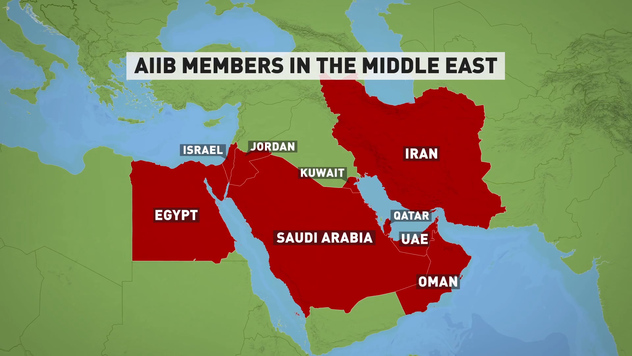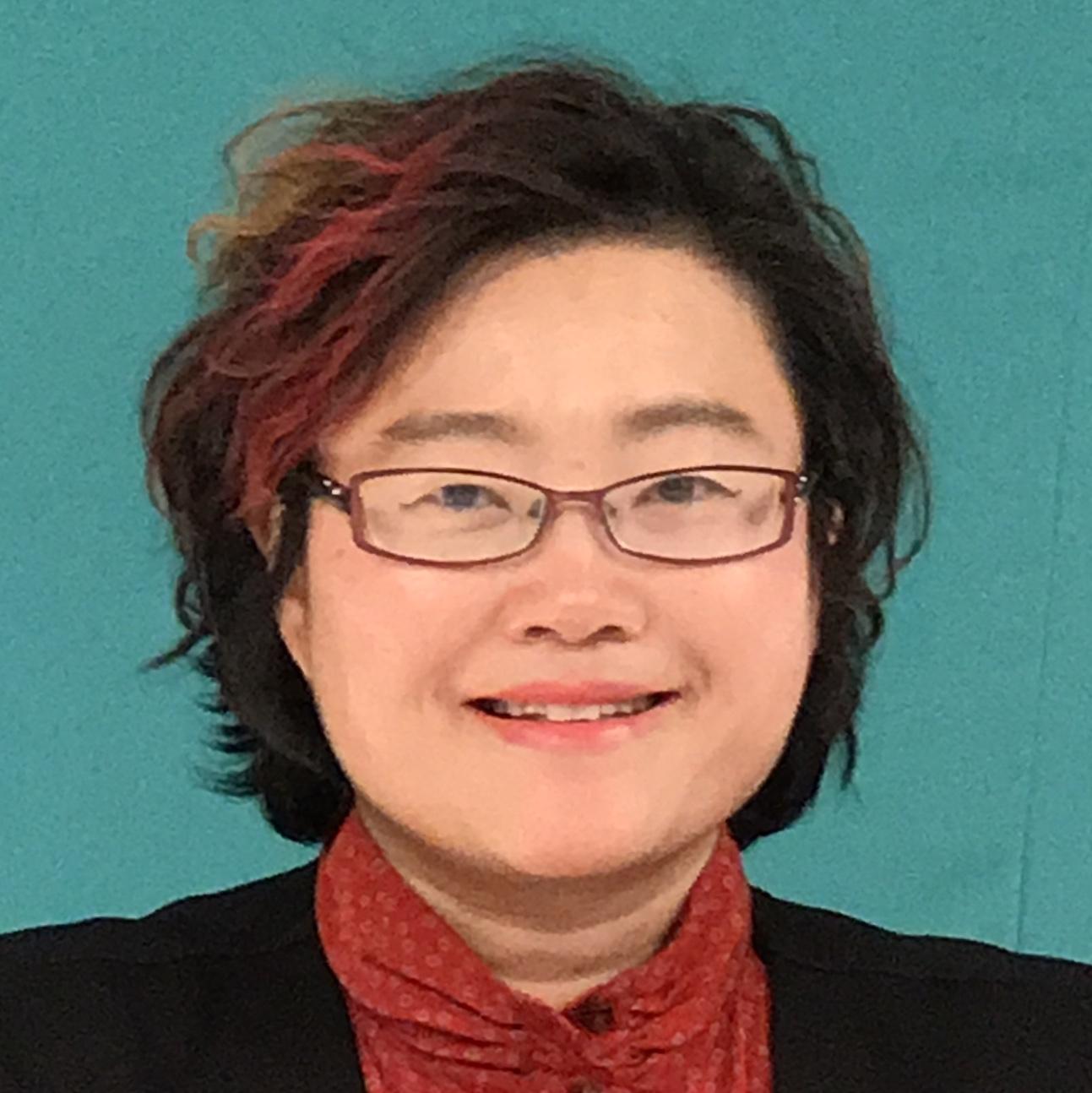Chinese President Xi Jinping paid official visits to Saudi Arabia, Egypt and Iran on Jan. 1 through 9, marking his first diplomatic trip in the new year as well as his first visit to the Middle East in his tenure of presidency.

Given the latest escalation of conflicts between Saudi Arabia and Iran, the lift of the US, EU and UN sanctions against Iran and the intensified warfare in Syria, Xi’s visits have drawn close attention from Middle East countries and the international community, who all hope to find out what kind of a role China will play in the region.
During the tightly scheduled visits over five days, Xi signed a batch of agreements and delivered a number of important speeches. The messages he thus put across were centered on two aspects. On the economic field, China wants to stimulate the Middle East’s development through the “Belt and Road” project; on security concerns, China hopes to help build up peace in the region by carrying out its “Three No” policy.
Despite of its rich resources and status as a strategically vital region linking Europe, Asia and Africa, the Middle East has in recent years seen its economic growth remaining stagnant. Take the three countries Xi recently visited for example. Saudi Arabia has run up a budget deficit of nearly $100 billion because of a ceaselessly slumping oil price and its involvement in the Yemeni war. Egypt had scarcely recovered from political instability before a series of terrorist attacks, such as the downing of a Russian passenger plane by the Islamic State forces on the Sinai Peninsula, plunged the country’s tourism industry into a chilly winter. Iran has suffered West-imposed economic sanctions for 36 years over the nuclear issue, though it is beginning to see the light at the end of the tunnel thanks to the lifting of the sanctions.
Though endowed with abundant reserves of oil and natural gas, most Middle East countries are suffering a weak industrial foundation, obsolete infrastructure and inadequate manufacturing capacity.
After more than 30 years of high-speed growth of its economy, China has developed an enormous capacity for industrial manufacturing and infrastructure construction, making itself fully capable to offer industrial products, complete sets of equipment, infrastructure construction projects and capital investment to the Middle East region. China’s initiative for building “One Belt and One Road” across Asia and Europe can well coordinate with relevant countries’ development projects. That will not only promote the Middle East region’s economic development but is also of particular significance to China’s “13th Five-Year Plan”.
The three countries Xi recently visited all expressed enthusiasm for the “One Belt and One Road” initiative. As launching members of the Asian Infrastructure Investment Bank, they all hope to connect their own development strategy with the Belt and Road initiative and regard the connection as a vital opportunity for their future development of economy. For instance, Egypt has recently launched a plan for building a “Suez Corridor Economic Belt” to turn the 190-km canal banks into a global-focused economic zone and a bridge linking Asia and Africa that connects with the Belt and Road initiative. During Xi’s visit to Egypt, the two countries signed a memorandum for cooperation on the Belt and Road project; China offered a loan of $1 billion to Egypt and promised to help with its infrastructure construction within the framework of the AIIB.
Saudi Arabia also started a new five-year plan this year to diversify its economic components. Iran is expecting an unprecedented opportunity for economic development now that trade sanctions have been lifted.
When addressing his Egyptian hosts at the Arab League headquarters in Cairo, President Xi said that China would cooperate with Arab countries for “docking” their productive capacity with that of China. His announcements included providing Middle East countries with a $15 billion loan exclusively for infrastructure construction and a $10 billion concessional loan with a bigger-than-usual margin of preference and setting up a joint fund of $20 billion with the United Arab Emirates and Qatar for investing in traditional energy sources, infrastructure construction and high-end manufacturing industries.
In addition to a role as a contributor to Middle East economic development, China is also committed to promotion of peace and security in the region. Political situations in Middle East countries and their relations are complicated and conflicts flare up frequently. For decades the United States and European Union have been the largest external forces to influence the region. Russia under the leadership of Vladimir Putin is also returning to the region by getting involved in Syrian civil war and launching military strikes on Islamic State targets in a flaunting way. China, however, seldom said anything or offered its own plan for settling the conflicts in the region, though it has made significant contributions to promoting economic development, rebuilding war-torn areas and giving humanitarian aid in Middle East. Nevertheless, it has become more and more diplomatically active in recent years to seek a peaceful solution of the region’s problems.
In his New Year message, President Xi said explicitly: “The world is so big and has so many problems that the international community hopes to hear China’s voice and see China’s plans. China should not be absent.” This new idea of “no absence” diplomacy was developed in Xi’s Middle East visit. For instance, the joint statement with Saudi Arabia devoted a fairly large part to explaining China’s take on Syrian and Yemeni issues. In his speech made at the Arab League headquarters Xi specified the “Three No” principles for China’s Middle East policy. China will, first, “seek no agent” in the region but rather call for the conflicting parties to negotiate for peace; second, “seek no sphere of influence” but rather urge everybody to join the “Belt and Road” circle of friends; and third, “seek no ‘power vacuum’ to fill” but rather create a partnership network for common benefits.
These facts proved that despite being a latecomer in the Middle East diplomacy for settling the conflicts in the region, China has no intention to fill up the “security vacuum” left by the withdrawal of the US force from Iraq. Nor does it adopt the Cold War practice of partisanship; instead, it has persisted in a neutral, objective and impartial foreign policy. China takes development as a means for maintaining stability, and cooperation as a guarantee for security.

